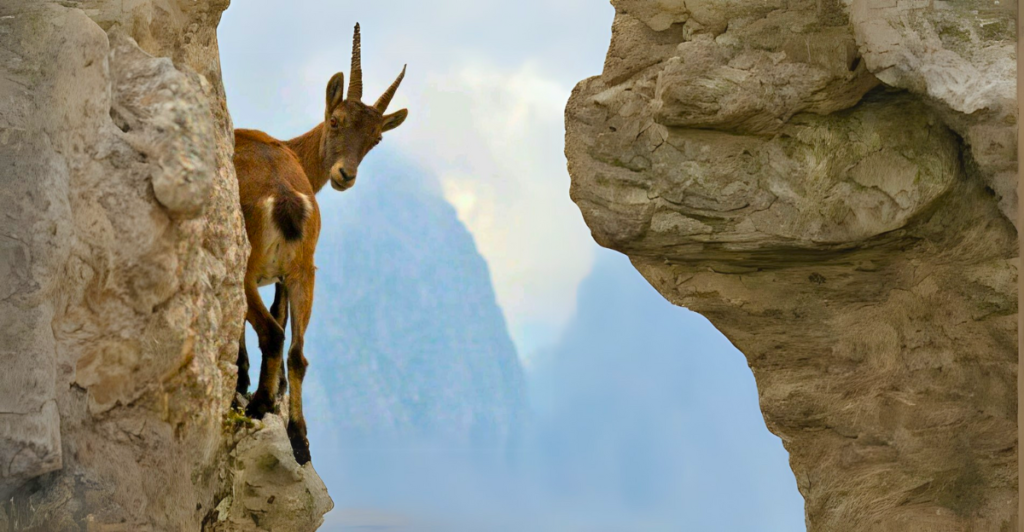
Life at the world’s highest altitudes is harsh, but some animals have adapted to thrive in these challenging conditions. These creatures demonstrate incredible resilience and biological ingenuity, from thin air to extreme cold. Discover the unique adaptations that enable these animals to survive and flourish in mountain ranges and high plateaus. Each species, from mammals to birds, tells a fascinating story of evolution at its peak.
Snow Leopard – The Ghost of the Mountains
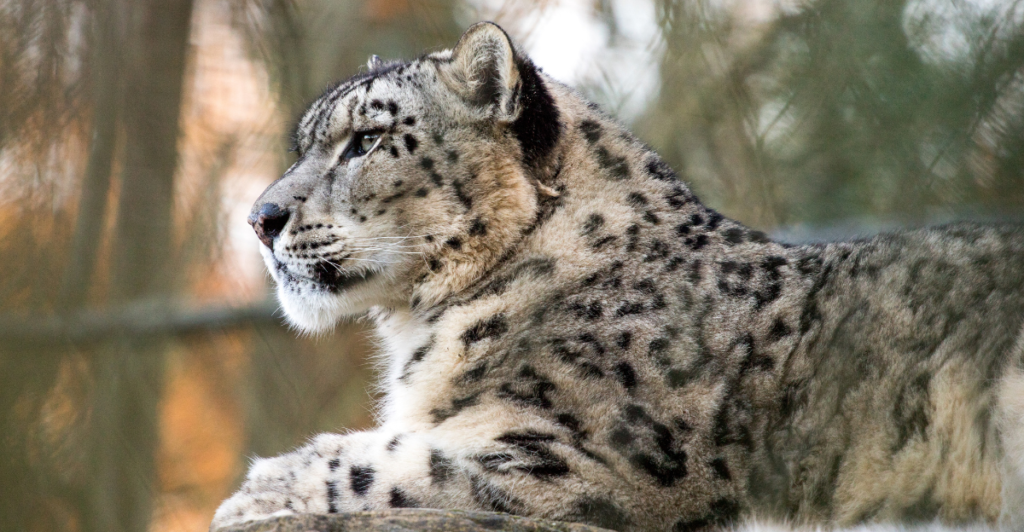
The elusive snow leopard is a master of stealth in the rugged Himalayas. Living at 9,800 to 17,000 feet, its thick fur and long tail help conserve heat, while its large nasal cavities adapt to thin air. A powerful predator, it preys on ibex and blue sheep. Sadly, its beauty makes it a target for poaching, though conservation efforts are helping protect this “ghost of the mountains.”
Alpine Ibex – Climbers Extraordinaire
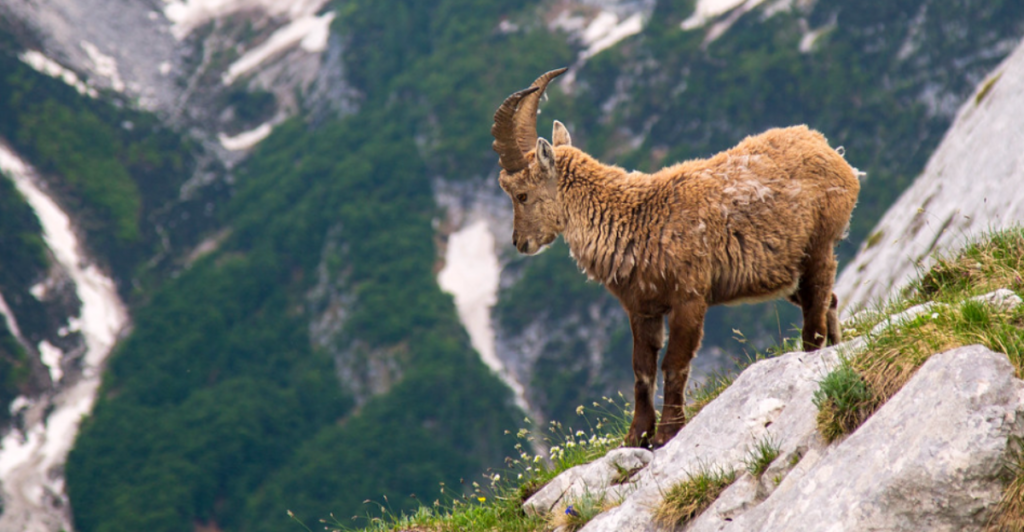
The Alpine ibex is an agile mountain goat found in the European Alps. It navigates cliffs with ease. Its specially designed hooves provide a firm grip on rocky surfaces, allowing it to live at heights over 10,000 feet. Feeding on grasses and mosses, it plays a vital role in its ecosystem. These expert climbers are a remarkable example of nature’s adaptability in one of Earth’s most challenging habitats.
Bar-headed Goose – High-Flying Champions
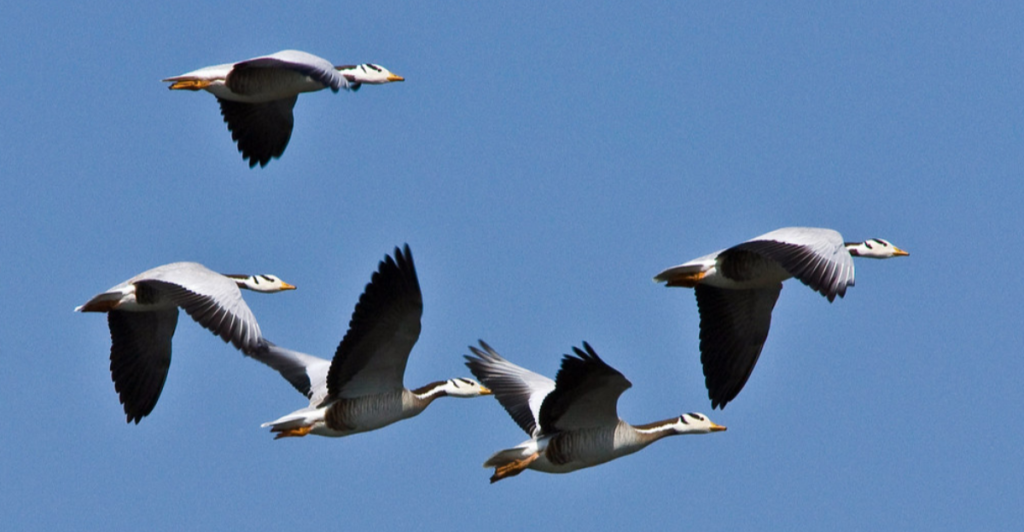
Bar-headed geese are among the highest-flying birds, known to cross the Himalayas at up to 29,000 feet. Their unique hemoglobin allows efficient oxygen absorption in thin air. These migratory birds travel thousands of miles between breeding grounds in Central Asia and wintering areas in South Asia. Their endurance and ability to conquer such heights have fascinated scientists and bird enthusiasts.
Yak – The Sturdy Workhorse of the Highlands
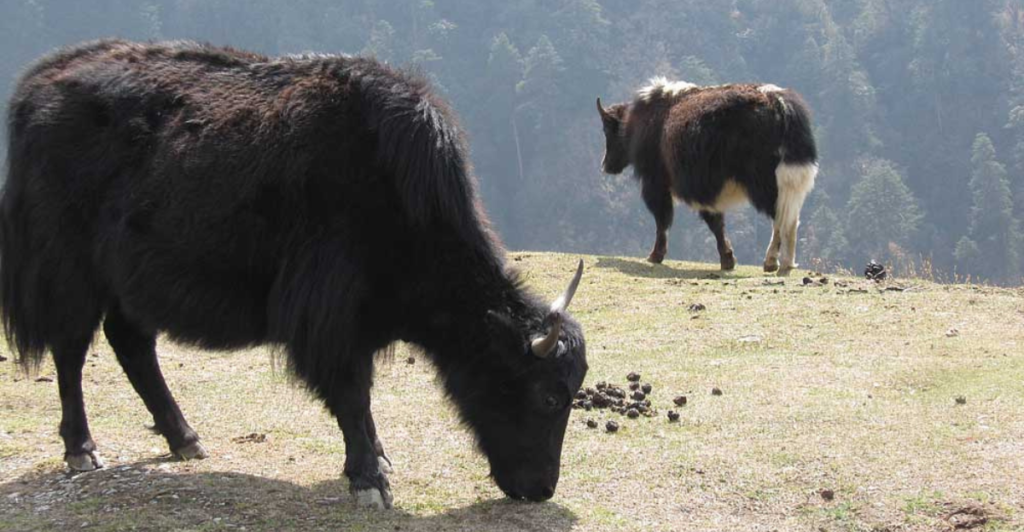
Yaks are domesticated giants of the Tibetan Plateau, living at 10,000 to 18,000 feet. With dense woolly coats and large lungs, they withstand freezing temperatures and thin air. Yaks provide meat, milk, and transportation for local communities, making them essential to high-altitude human survival. Wild yaks, larger and more robust, roam freely but face habitat loss and hunting threats.
Andean Condor – Sky Sovereign of South America
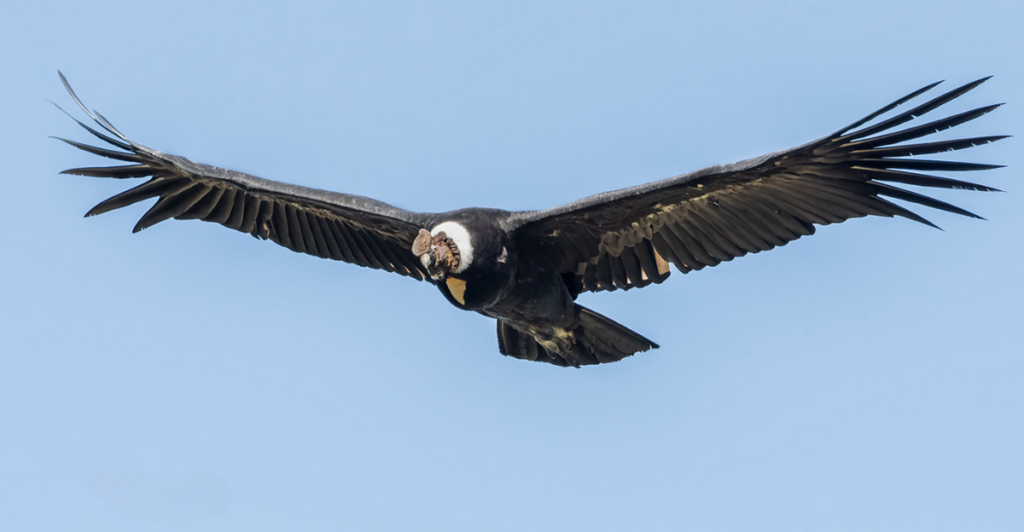
The Andean condor soars effortlessly over the Andes Mountains, reaching altitudes of 16,000 feet. It’s among the largest flying birds, with a wingspan of up to 10 feet. Feeding primarily on carrion, condors play a critical role in their ecosystem by cleaning up animal remains. Their impressive gliding ability and striking appearance symbolize freedom and strength in Andean culture.
Himalayan Tahr – Rugged Mountain Residents
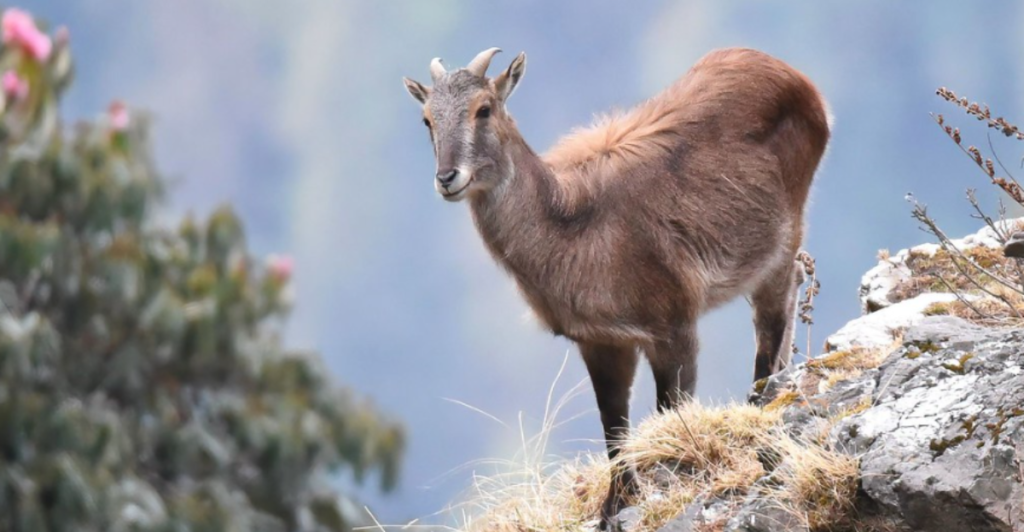
Himalayan tahrs are wild goats perfectly adapted to life above 14,000 feet. Their thick, woolly coats shield them from icy winds, while sharp hooves stabilize rocky terrain. Found in the forests and cliffs of the Himalayas, they graze on shrubs and grasses. Known for their agility and sure-footedness, these are integral to their mountain ecosystems and a favorite among wildlife photographers.
Golden Eagle – Master of High-Altitude Hunting
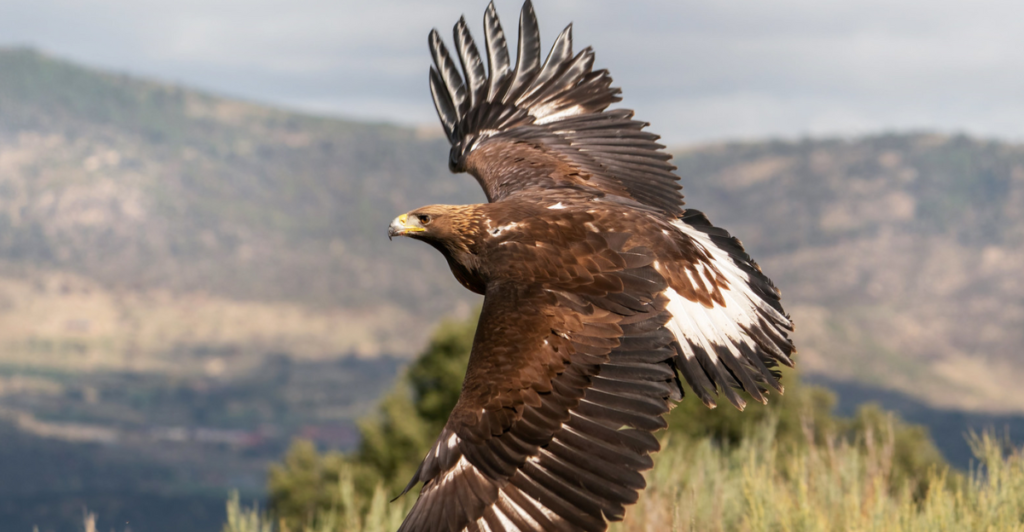
Golden eagles dominate the skies of mountain ranges worldwide, including the Rockies, Alps, and Himalayas. They can fly at altitudes above 10,000 feet, scanning for prey with exceptional eyesight. With sharp talons and a wingspan of up to 7 feet, they hunt mammals like rabbits and marmots. Golden eagles symbolize power and grace, making them a revered bird of prey across cultures.
Pika – Tiny Survivors of the Peaks
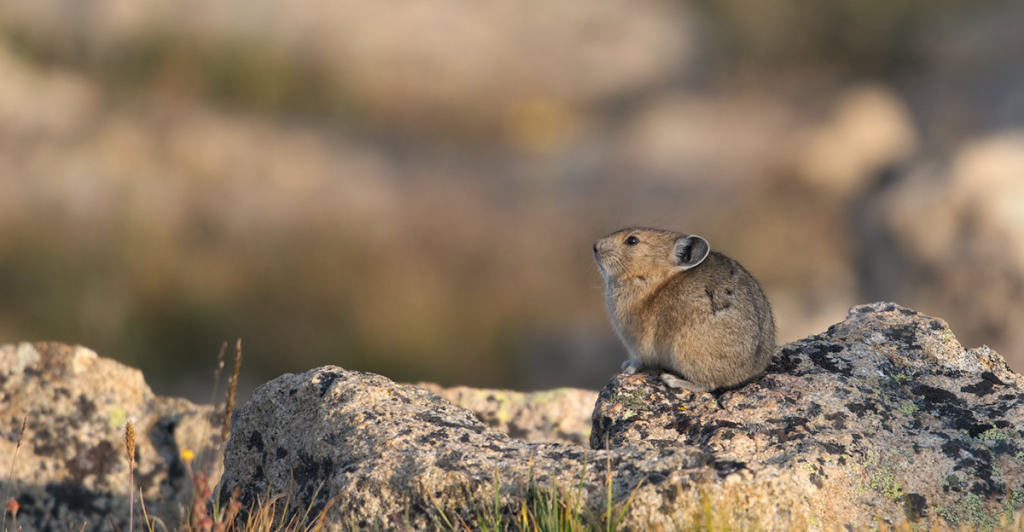
Pikas, tiny relatives of rabbits, thrive in rocky habitats above 12,000 feet. Found in Asia and North America, they are famous for their “hay piles,” collections of dried vegetation stored for winter food. Their high-pitched calls echo through mountain landscapes, warning of predators. These cute but hardy creatures are vulnerable to climate change as warming temperatures threaten their cold-adapted ecosystems.
Tibetan Antelope – Swift Runners of the Plateau
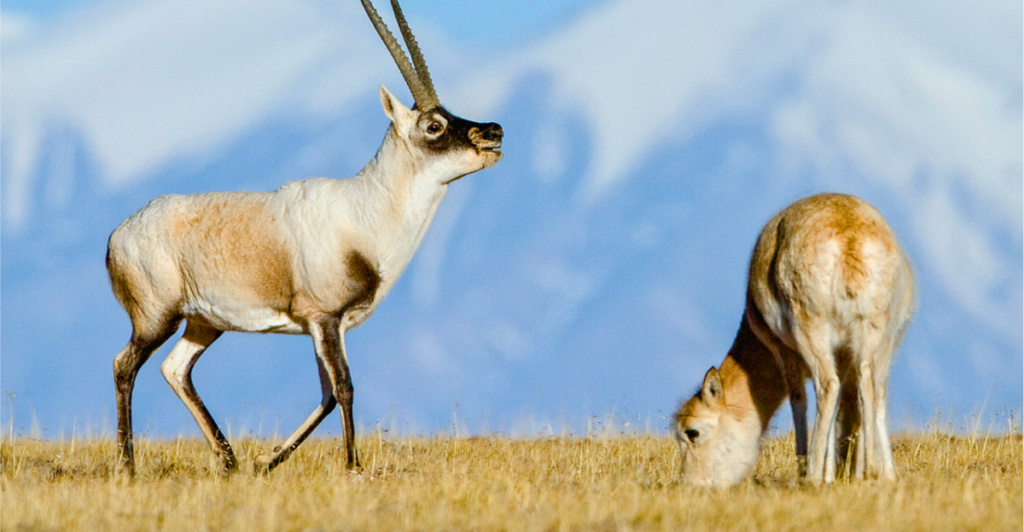
Tibetan antelopes, or chiru, inhabit the Tibetan Plateau at altitudes above 16,000 feet. Their delicate, woolly coats protect them from extreme cold, while their speed helps them evade predators. Males sport distinctive, curved horns, making them a target for illegal poaching. Conservation measures have reduced hunting, offering hope for these elegant animals that symbolize the wild spirit of the highlands.
Mountain Goat – North America’s Peak Dweller
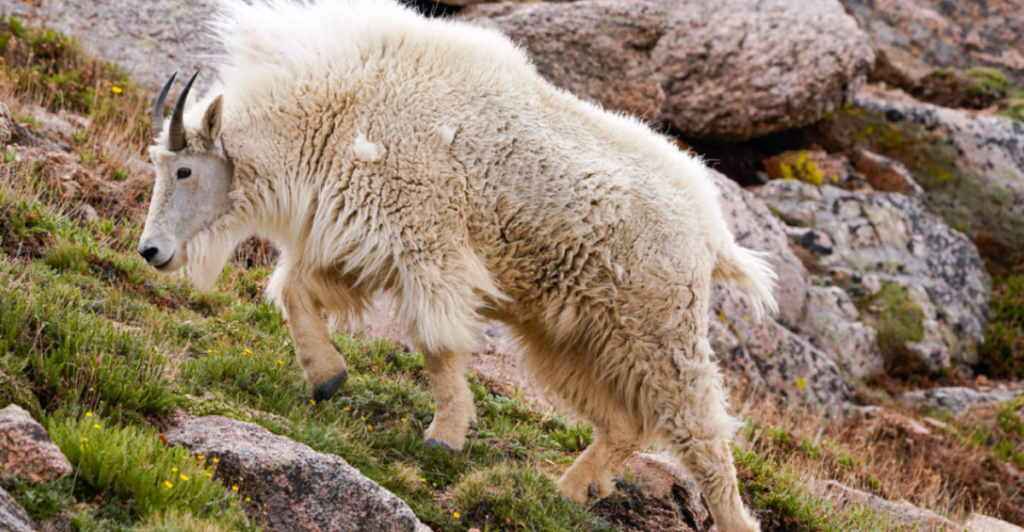
Mountain goats inhabit the rugged peaks of North America, often seen above 13,000 feet. Their thick white fur provides camouflage and insulation against cold. Specialized hooves allow them to climb steep, rocky surfaces with ease. Known for their daring leaps, mountain goats are a testament to survival in extreme environments. They are often mistaken for domesticated goats but are entirely wild and independent.
Llama – Hardy Guardians of the Andes
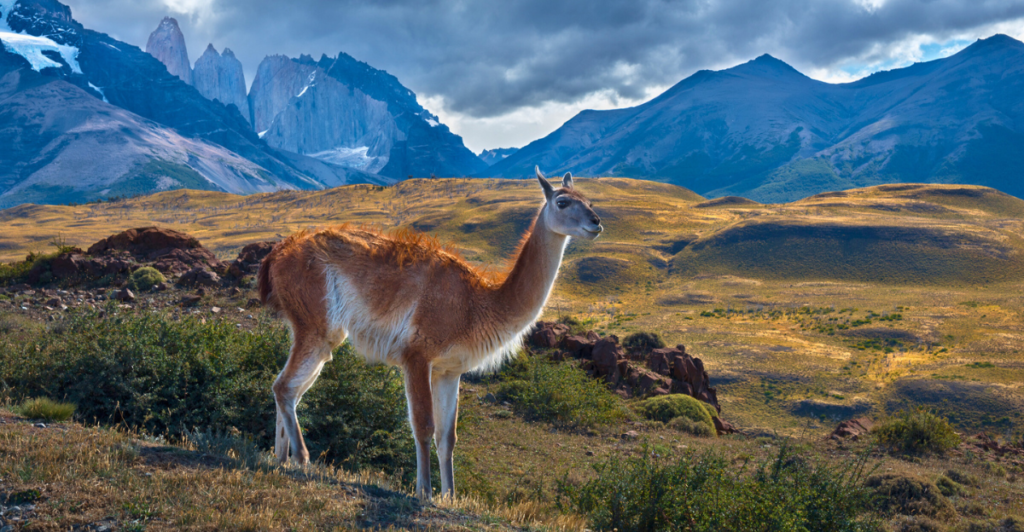
Llamas are domesticated camelids essential to life in the Andes, thriving at altitudes up to 16,000 feet. Their thick fur and efficient blood oxygenation help them endure cold and thin air. Traditionally used as pack animals and for their wool, llamas are deeply embedded in Andean culture. Their gentle nature and remarkable adaptability make them iconic symbols of the highlands.
The Resilience of High-Altitude Wildlife
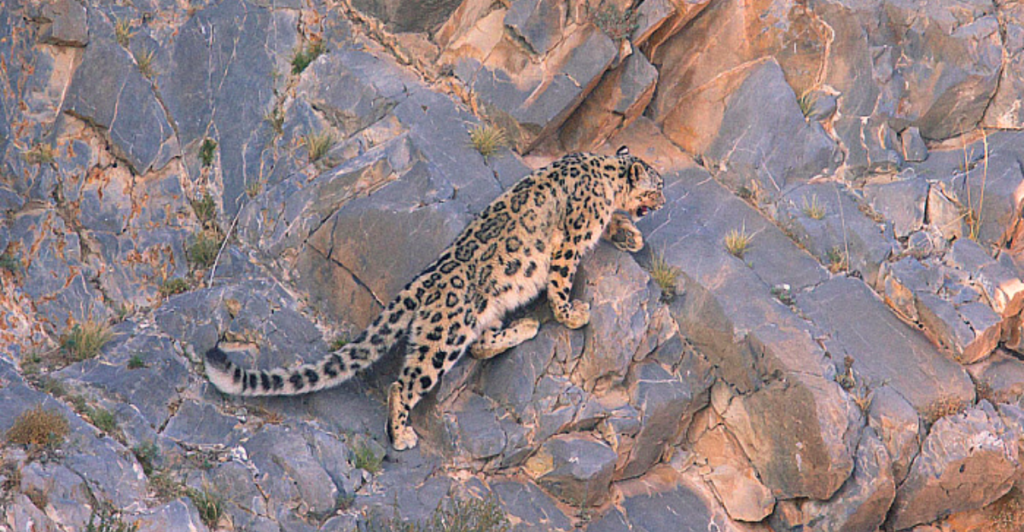
The animals thriving at the world’s highest altitudes remind us of nature’s incredible adaptability. From soaring birds to sturdy mammals, these creatures have evolved unique traits to survive in uninhabitable conditions. Their presence highlights the importance of protecting these fragile ecosystems and their biodiversity. As we marvel at their resilience, we are inspired to cherish and preserve the wonders of our natural world.
Follow Us

You May Also Like:
10 Easy Ways To Stop A Charging Dog
Bobcats Are Making a Comeback—And They Might Be Protecting Us From Disease
11 Giant Nests Pushing The Limits Of Nature’s Design
10 Animals Unfazed by Rattlesnakes and What You Can Learn from Them
Stay connected with us for more stories like this! Follow us to get the latest updates or hit the Follow button at the top of this article, and let us know what you think by leaving your feedback below. We’d love to hear from you!







